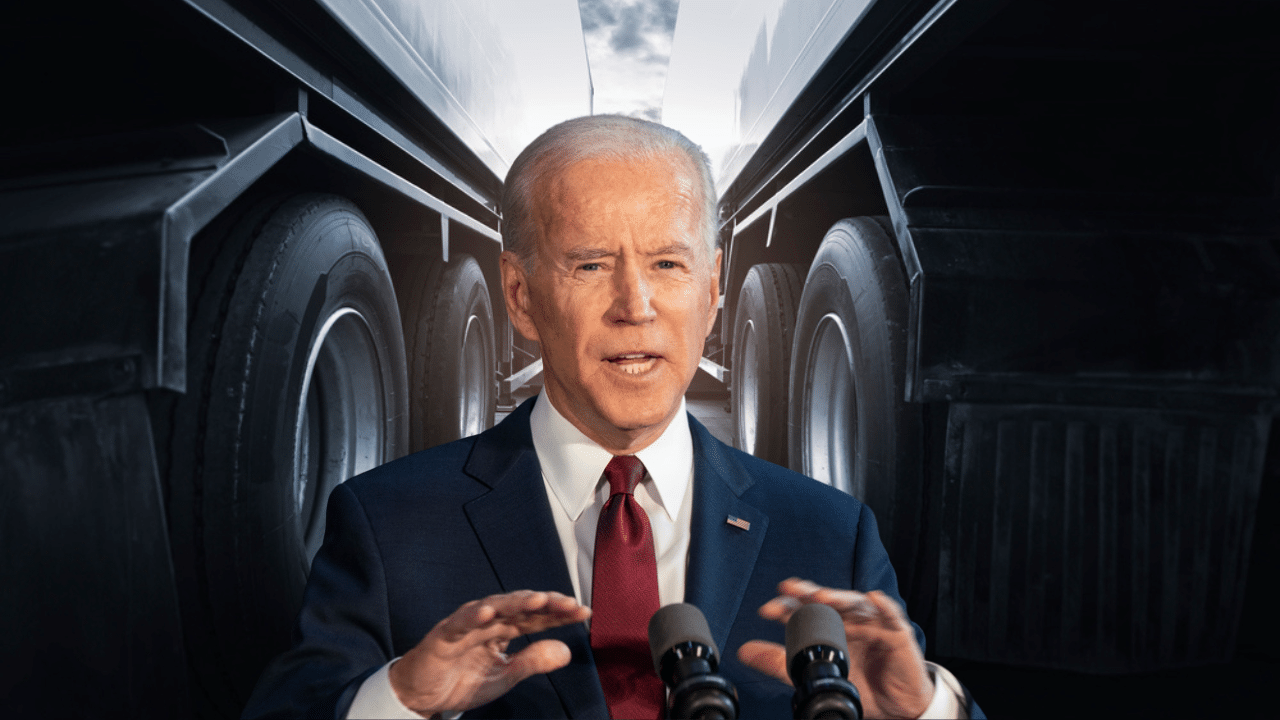The Biden administration finalized long-awaited regulations targeting emissions generated from heavy-duty vehicles, including trucks and buses, the latest salvo in President Biden’s sweeping climate agenda.
The Environmental Protection Agency announced the new regulations Friday morning, and officials said they represent the strongest-ever greenhouse gas emissions standards of their kind.
The rules will kick in beginning in 2026 for model year 2027 vehicles and progressively become more stringent through model year 2032, forcing a larger number of trucks and buses to be zero-emissions in that time frame.
“EPA’s standards complement President Biden’s unprecedented investment in our workers and communities to reduce harmful emissions, while strengthening our manufacturing capacity for the transportation technologies of the future,” said White House Climate Advisor Ali Zaidi. “By tackling pollution from heavy-duty vehicles, we can unlock extraordinary public health, climate, and economic gains.”
“In finalizing these emissions standards for heavy-duty vehicles like trucks and buses, EPA is significantly cutting pollution from the hardest-working vehicles on the road,” said EPA Administrator Michael Regan.
“Building on our recently finalized rule for light- and medium-duty vehicles, EPA’s strong and durable vehicle standards respond to the urgency of the climate crisis by making deep cuts in emissions from the transportation sector.”
Overall, EPA said the aggressive standards will avoid a billion tons of greenhouse gas emissions and provide $13 billion in annualized net societal benefits related to public health, the climate and business savings. The agency claims that the regulations will set the heavy-duty vehicle industry on a “trajectory for sustained growth.”
The new regulations apply to short-haul and long-haul tractor-trailer trucks, in addition to vocational trucks like delivery vehicles, garbage trucks, school and public transit buses, concrete trucks and fire trucks.
EPA previously projected that the standards could lead to 50% of vocational trucks, 35% of short-haul tractor-trailers and 25% of long-haul tractor-trailers produced in 2032 being electric.
Less than 1% of new truck sales in the U.S. are zero-emissions, according to the Truck and Engine Manufacturers Association, which represents the world’s leading manufacturers of heavy-duty vehicles.








